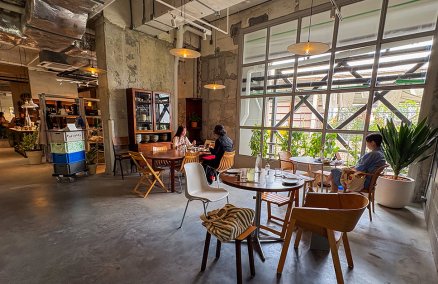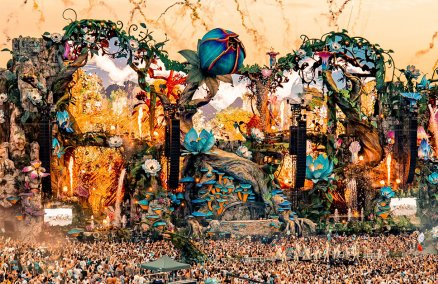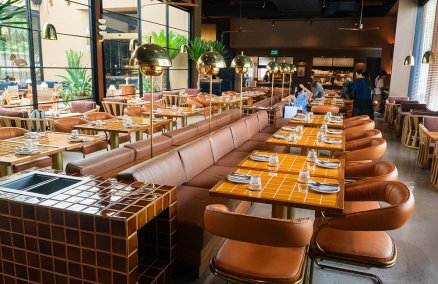Even after 20 years of tracing the same small loop, Sirameth “Heng” Piromtharaphong admits he still gets frightened when he goes running in the park. But he doesn’t run in your average green space.
“Once, I was running here [in the park] at around 4am. I was all by myself, but it felt as if someone was running right beside me,” he says, sweeping his arms in an arc and looking out at the rows of Thai-Chinese graves he weaves between for exercise. “It can get a little scary.”
Heng is one of hundreds of Sathorn residents who routinely flock to the Teochew Cemetery, located between Charoen Rat and Chan Roads, for exercise, socializing, or a brief respite in green space within an otherwise densely packed urban district.
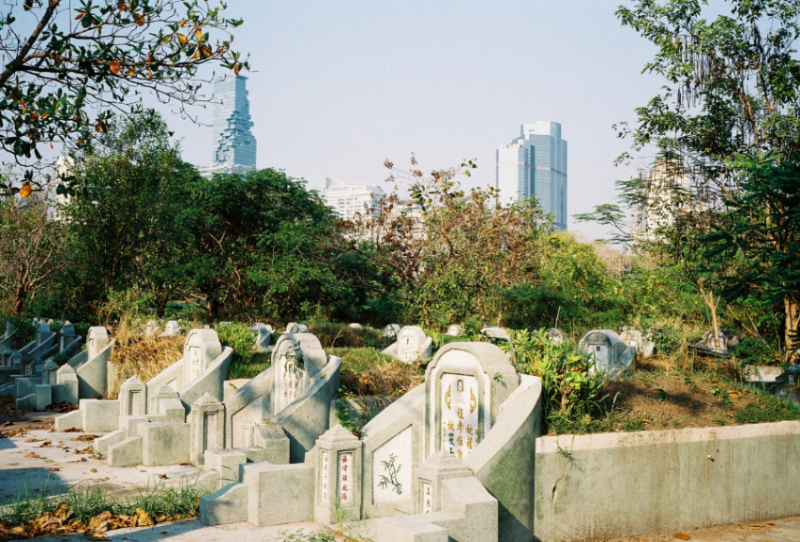
The cemetery hasn’t always been such a pleasant gathering ground, though.
Founded in 1899 to provide a final resting place for Teochew migrants whose remains couldn’t be returned to their motherland, the cemetery is, in fact, three separate graveyards crammed in one. The space is administered by the Teochew Association, the Poh Teck Tung Foundation, and the Hainan Dan Family Association. It contains tens of thousands of human remains, including many that were buried without family members to care for their graves, owing to the Poh Teck Tung Foundation’s role in collecting the dead after events like car accidents (the group is occasionally referred to as Bangkok’s “body snatchers”).
Under the rule of Field Marshal Sarit Thanarat in the late 1950s and early 1960s, the cemetery was used as an execution site. Later, it became a common spot for suicides.
All the above had bestowed the graveyard with an unfavorable reputation among Sathorn residents, many of whom reported ghost sightings. “When I was young, this place was so haunted that not even red songthaew or taxis would dare come here,” explains Heng.
“Sometimes, taxi drivers who were dropping off passengers would turn around to find out that there was no one in the car,” he says, sharing a popular legend.
In 1996, however, the previously fenced-off graveyard was given new life. After consulting with spiritual leaders and Thai-Chinese foundation members, the Sathorn district office transformed the space into a park, offering a green lung for locals who live further away from the more crowded Lumphini Park.
In this rapidly gentrifying district, where even the living have a hard time finding a home because of soaring property values, the cemetery-turned-park has provided a blueprint for mitigating Bangkok’s ceaseless commercial development. While most cemeteries, including many of the Hakka and Hokkien burial sites in Silom, have been moved out of the city to make space for new development—an effort requiring extensive relocation planning, among other logistical hurdles—the Bangkok Protestant Cemetery on Charoenkrung Road has likewise been renovated to provide green space without exhuming the dead.
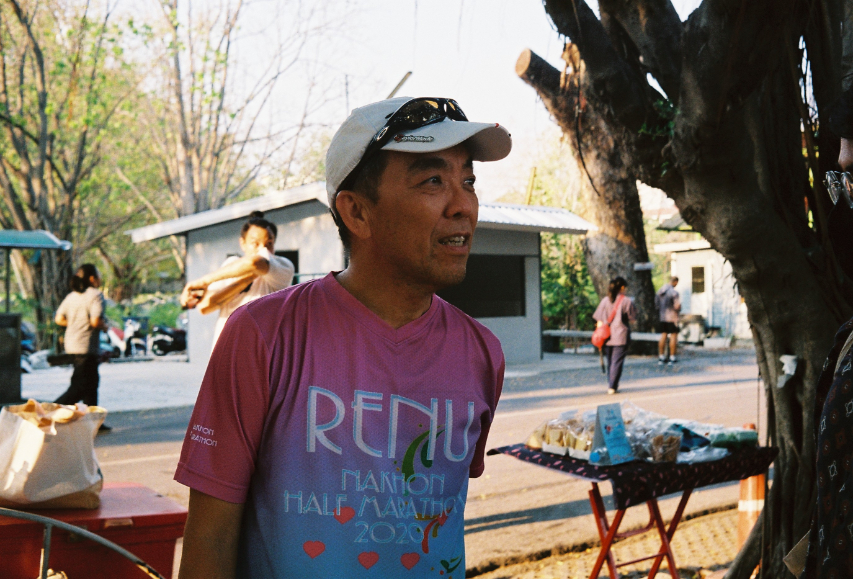
Sirameth “Heng” Piromtharaphong
Today, the Teochew Cemetery welcomes around 1,000 visitors a day, many of them regulars: runners like Heng who jog beneath the banyan trees and between the graves, weightlifters who use the open-air gym (only B100/month), kids who come for taekwondo lessons, basketball games, or skateboarding sessions, even elderly groups who drop in to sing karaoke classics like John Denver’s “Take Me Home, Country Roads” and Chinese love songs.
“I feel weird if I don’t come here and see my friends each day,” says Ead, a Soi St. Louis resident who sells drinks and snacks near the park entrance between rounds of laps.
“I’ve been coming to this park for over 20 years. As long as you’re respectful, you’ll never see anything unusual,” she adds, alluding to the ghosts that some believe still roam the grounds.
The space isn’t just for Thai-Chinese foundation members. It also serves the neighborhood’s diverse communities—around the corner from the park lie the Vishnu temple, a sacred site for Hindu groups, and the old, wooden Jawa mosque, built by Javanese migrants over 100 years ago and frequented by their descendants today.
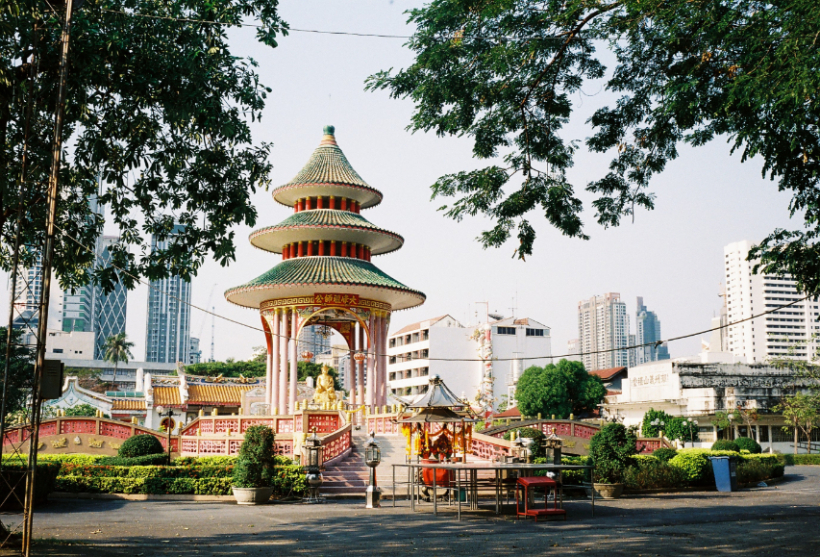
“This park is for everyone,” says Heng. He notes that, on the day we visit, the cemetery gates have been opened up so that members of the Sikh community can safely park their cars. As it happens, there’s a cremation underway at the Vishnu temple, which explains the strange smell hanging in the air—not a regular occurrence, we’re assured.
Heng even points out that, as the park has developed, and as more and more people have begun to exercise in its leafy confines, there have been fewer reports of ghosts.
Yet despite its better qualities, the park hasn’t proven popular with everyone. “I tried to bring my mother here to exercise, but she wasn’t having any of it,” he says.
For many Sathorn residents, however, the cemetery’s transformation hasn’t just broken a long-held taboo—the benefits of regular exercise might be helping them escape an early grave.
“Running here five days a week has been good for my health,” says Heng. “Honestly, I’m more scared of hospitals than ghosts.”
Correction: A previous version of this story stated that the Vishnu Temple was a sacred site for the Sikh community. It is, rather, a sacred site for Hindu groups. The crematorium opposite is for people from all faiths and is administered by the Vishnu Temple. We apologize for the error.













